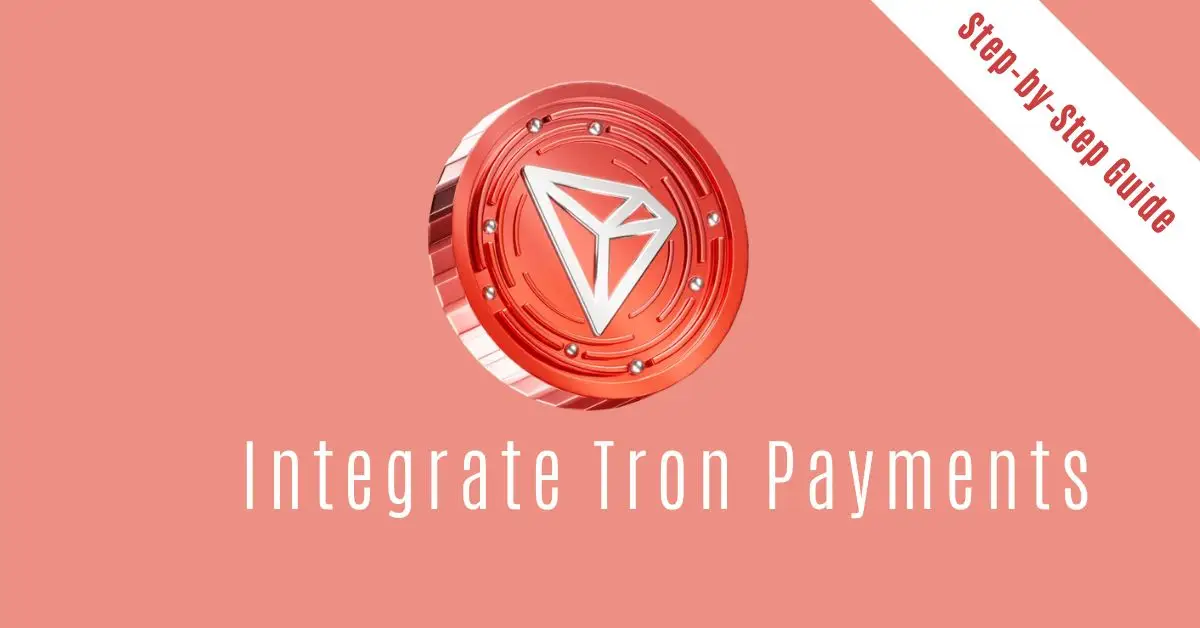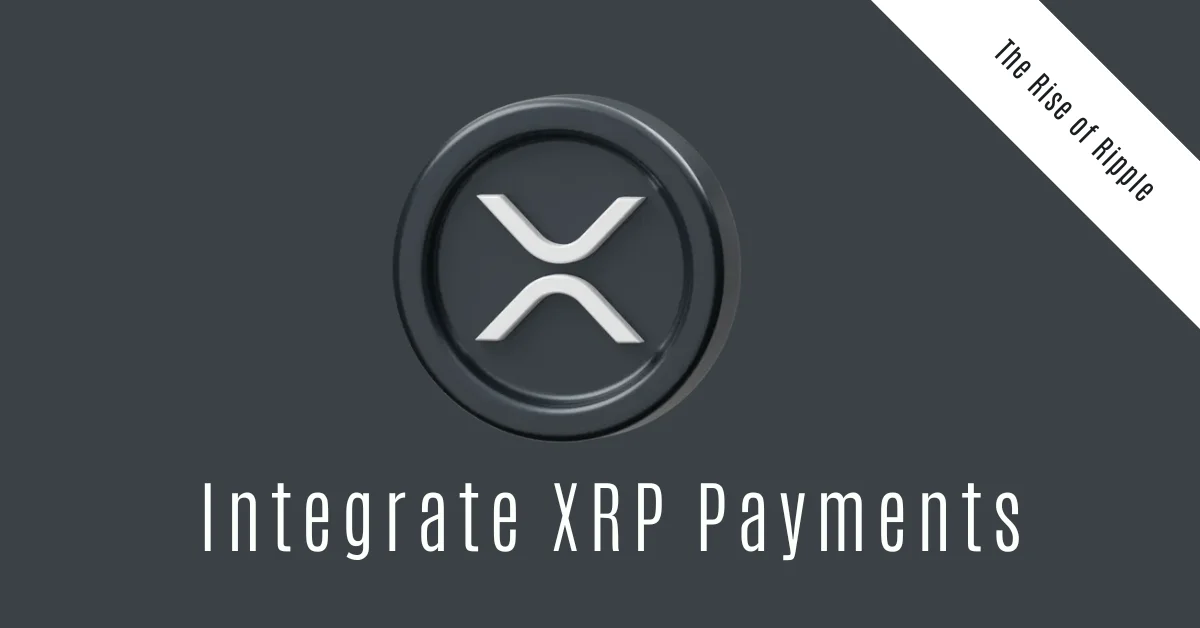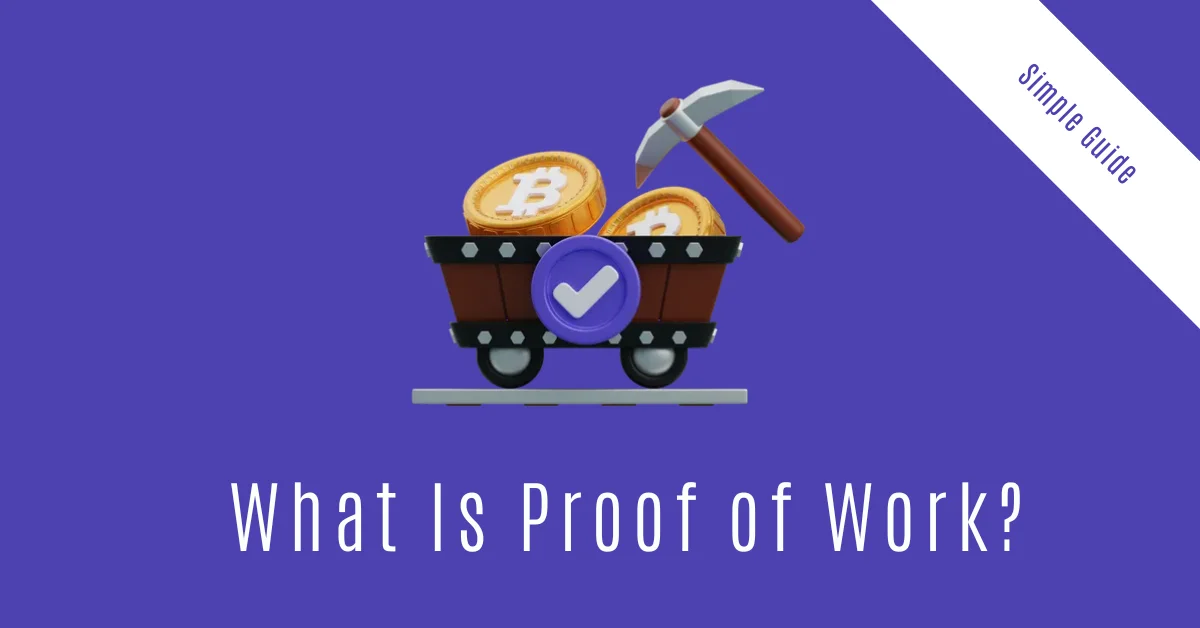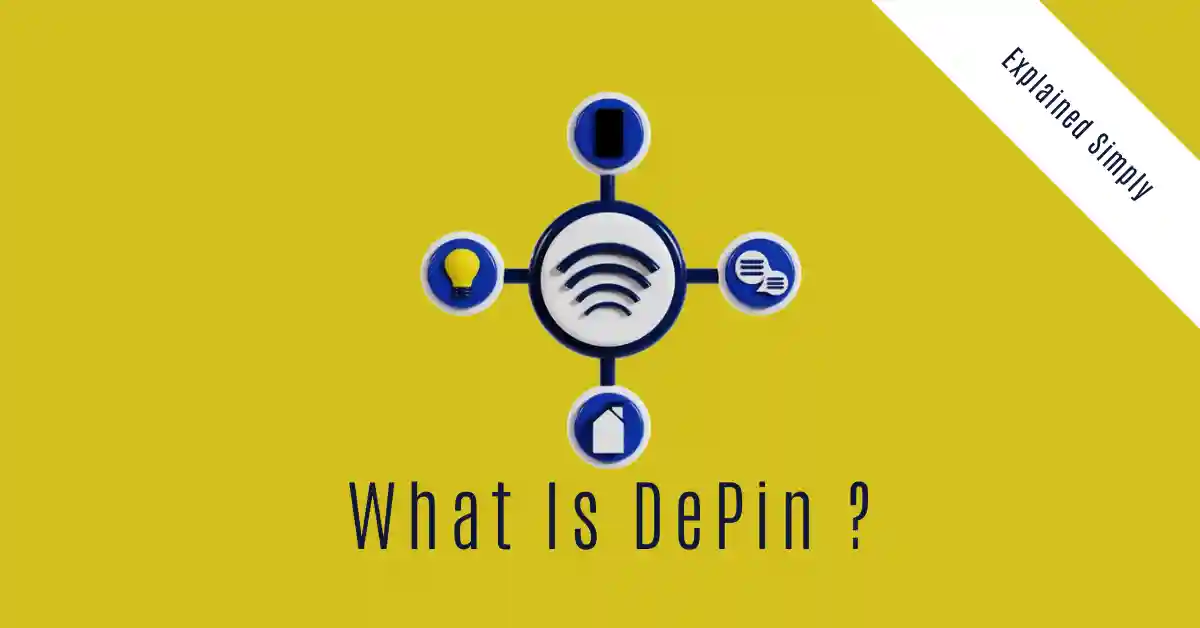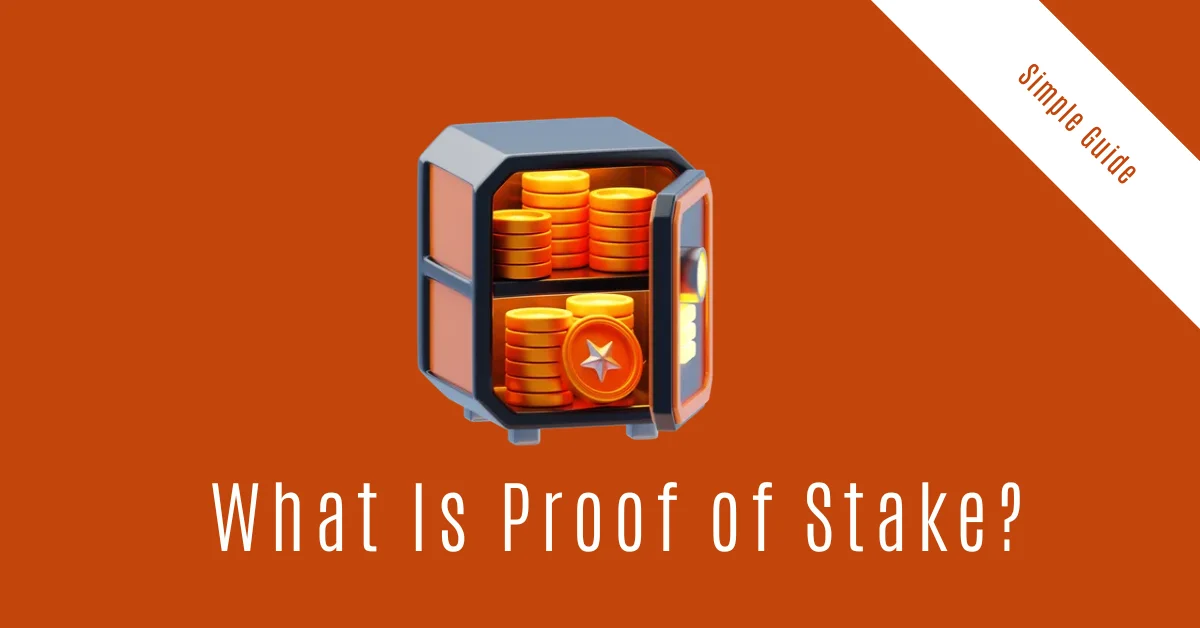
Blockchain technology revolutionized finance, governance, and data security, but its early systems faced criticism for their environmental impact. Enter Proof of Stake (PoS)—a consensus mechanism designed to address the energy waste of traditional blockchains while enhancing security and scalability. In this guide, we’ll break down how PoS works, why it’s replacing Proof of Work (PoW), and how it’s shaping the future of decentralized systems.
Why Blockchain Needs Consensus Mechanisms
Before diving into PoS, let’s understand why consensus mechanisms matter. Blockchains are decentralized ledgers maintained by a network of computers (nodes). To agree on the validity of transactions without a central authority, these nodes follow a protocol—consensus mechanisms.
The Problem with Proof of Work (PoW)
PoW, used by Bitcoin, requires miners to solve complex mathematical puzzles to validate transactions. While secure, this process consumes massive energy:
-
Bitcoin uses 127 terawatt-hours annually—more than Norway’s entire electricity consumption.
-
High costs and energy waste limit scalability and environmental sustainability.
PoS emerged as a greener, faster, and more democratic alternative.
What Is Proof of Stake (PoS)?
Proof of Stake (PoS) is a consensus mechanism where validators (not miners) are chosen to create blocks and verify transactions based on the amount of cryptocurrency they “stake” as collateral. Unlike PoW, there’s no energy-intensive mining—just economic incentives to act honestly.
Key Features of PoS
-
Energy Efficiency: Uses ~99% less energy than PoW.
-
Staking: Validators lock up tokens to participate.
-
Security: Dishonest acts lead to losing staked funds (“slashing”).
-
Scalability: Processes thousands of transactions per second (TPS).
How Does Proof of Stake Work?
Step 1: Staking Tokens
Validators must lock (stake) a minimum amount of the blockchain’s native token (e.g., 32 ETH for Ethereum). This stake acts as collateral—if they cheat, they lose it.
Step 2: Block Proposal
The protocol randomly selects a validator to propose the next block. Selection odds often correlate with stake size, but many PoS systems use randomization to prevent centralization.
Step 3: Block Validation
Other validators attest to the block’s validity. If a supermajority (e.g., 2/3) agrees, the block is finalized.
Step 4: Rewards and Penalties
-
Honest validators earn transaction fees and new tokens.
-
Malicious validators lose part or all of their stake.
Proof of Stake vs. Proof of Work: Key Differences
| Factor | Proof of Stake (PoS) | Proof of Work (PoW) |
|---|---|---|
| Energy Use | Minimal (e.g., Ethereum uses 0.01% of pre-PoS energy) | Extremely high (Bitcoin = 127 TWh/year) |
| Transaction Speed | Faster (e.g., Solana: 65,000 TPS) | Slower (Bitcoin: 7 TPS) |
| Hardware | Low (standard computers) | Specialized ASIC miners |
| Decentralization Risk | Higher risk of wealth concentration | Less risk (but mining pools centralize power) |
| Security Model | Economic penalties (slashing) | Computational power (hashrate) |
Benefits of Proof of Stake
1. Energy Efficiency
PoS reduces blockchain’s carbon footprint by eliminating mining. For example:
-
Ethereum’s shift to PoS (The Merge) cut its energy use by 99.95%.
-
Cardano’s PoS network uses as much energy as 1,000 average U.S. homes.
2. Enhanced Security
-
Slashing: Validators lose stakes for malicious acts.
-
Long-Range Attacks: PoS chains use “checkpoints” to prevent history rewriting.
3. Lower Entry Barriers
No need for expensive ASIC miners—anyone with a computer and tokens can participate.
4. Scalability
PoS enables innovations like:
-
Sharding (Ethereum 2.0): Splits the chain into parallel segments.
-
Layer-2 Solutions: Rollups and sidechains (e.g., Polygon).
5. Economic Incentives
Staking rewards users with passive income (e.g., 5-10% annual yields on Ethereum).
Challenges and Criticisms of PoS
1. The “Nothing at Stake” Problem
Critics argue validators could support multiple blockchain forks without cost. Modern PoS systems mitigate this via slashing and penalties.
2. Wealth Centralization
Users with more tokens have higher staking power. Chains like Cardano use “delegated PoS” to distribute influence.
3. Initial Distribution
Early token holders (e.g., ICO investors) may have outsized control.
Real-World Examples of Proof of Stake Blockchains
1. Ethereum 2.0
-
Shifted from PoW to PoS in 2022.
-
Validators stake 32 ETH to secure the network.
2. Cardano (ADA)
-
Uses Ouroboros, a peer-reviewed PoS protocol.
-
Emphasizes decentralization and academic rigor.
3. Solana (SOL)
-
Combines PoS with Proof of History (PoH) for ultra-fast transactions.
4. Tezos (XTZ)
-
Allows on-chain governance, letting stakeholders vote on upgrades.
How to Participate in Proof of Stake
1. Staking via a Wallet
-
Use wallets like Ledger or Trust Wallet to delegate tokens to a validator.
2. Staking Pools
-
Join pools (e.g., Coinbase, Binance) if you don’t have enough tokens to solo-stake.
3. Running a Validator Node
-
Requires technical expertise and minimum tokens (e.g., 32 ETH).
Unique FAQs About Proof of Stake
1. Is Proof of Stake truly more eco-friendly than Proof of Work?
Yes. PoS reduces energy use by ~99% by replacing mining with staking. Ethereum’s post-Merge energy consumption equals ~0.01 TWh/year vs. 94 TWh/year pre-Merge.
2. Can small investors participate in PoS?
Absolutely! Staking pools let users combine funds to meet minimum requirements.
3. What happens if a validator goes offline?
Most chains impose minor penalties (e.g., losing a day’s rewards), but repeated downtime risks slashing.
4. How does PoS prevent 51% attacks?
Attackers would need to own 51% of staked tokens—an expensive feat that would crash the token’s value, making the attack pointless.
5. Are PoS rewards taxable?
In most countries, staking rewards are taxable as income. Platforms like Koinly automate tax reporting.
6. Can PoS work for private blockchains?
Yes. Hyperledger and Quorum use PoS-like mechanisms for enterprise networks.
7. What’s “liquid staking”?
Liquid staking protocols (e.g., Lido) let you stake tokens while receiving a tradable receipt (e.g., stETH), maintaining liquidity.
8. Will Bitcoin ever switch to PoS?
Unlikely. Bitcoin’s community prioritizes PoW’s security and decentralization, despite its energy costs.
The Future of Proof of Stake
By 2030, over 75% of blockchains are expected to use PoS or hybrid models. Innovations like:
-
Interchain Security: Shared validator pools (e.g., Cosmos).
-
Zero-Knowledge Proofs: Enhancing privacy on PoS chains.
-
Regulatory Clarity: Governments creating frameworks for staking and taxation.
Conclusion
Proof of Stake isn’t just a technical upgrade—it’s a philosophical shift toward sustainable, inclusive blockchain ecosystems. From slashing energy bills to enabling passive income via staking, PoS is redefining how we interact with decentralized networks. As chains like Ethereum and Cardano lead the charge, the future of blockchain is greener, faster, and more accessible than ever.



